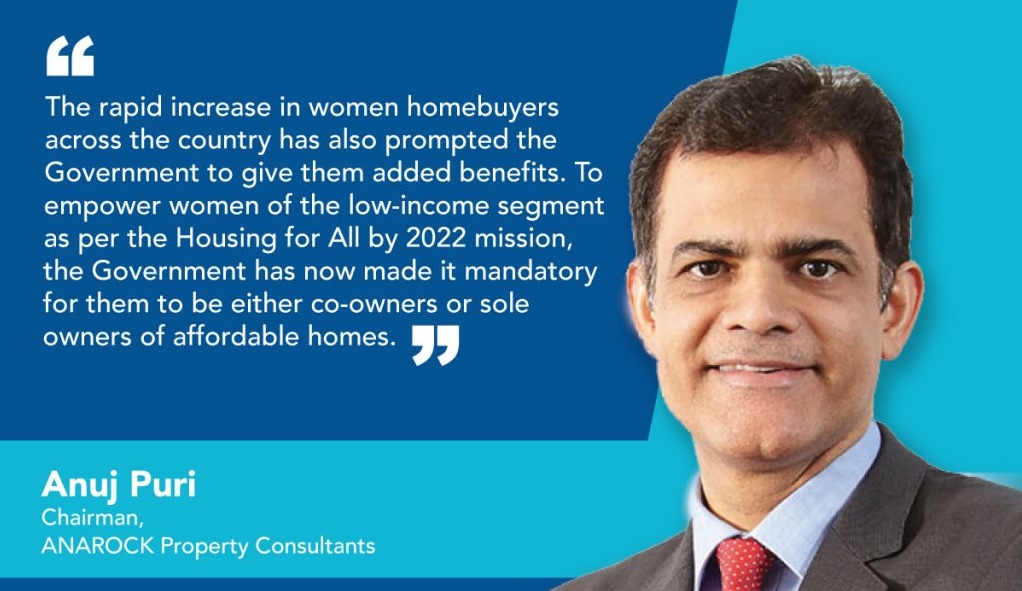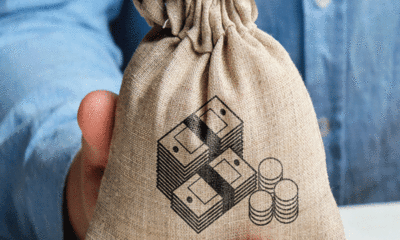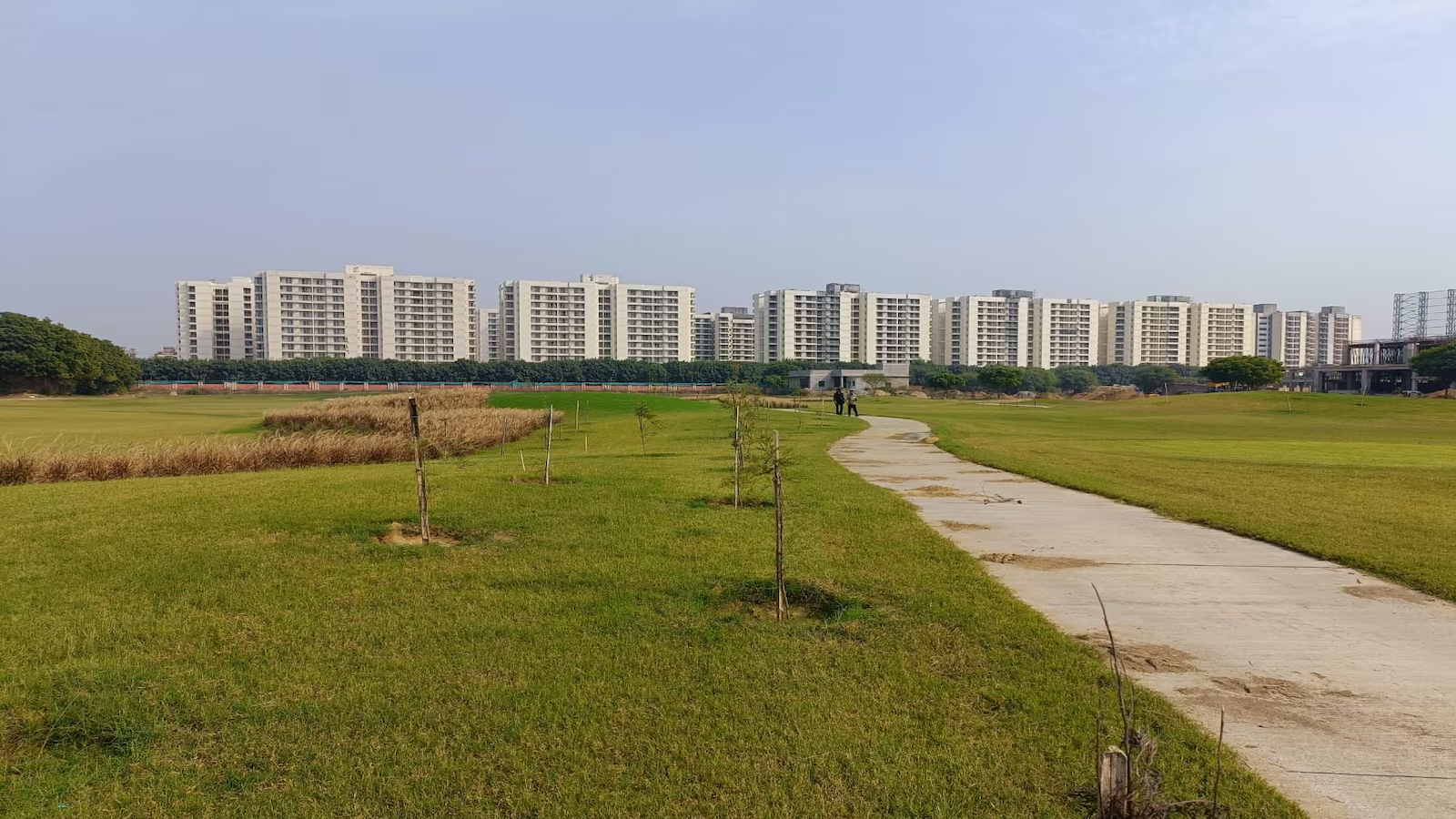Report
Millennial Women – Riding High on Homeownership


- Nearly 60% women home seekers prefer a property within the budget-range of INR 80 lakh; 52% will opt for ready-to-move-in homes
- Women homebuyers benefit from lower stamp duty charges, low home loan interest rates, and tax deductions
- Women must now mandatory be either co-owners or sole owners of affordable homes.
There’s a famous saying – the hand that rocks the cradle rules the world. This is so apt today, as women are excelling across sectors and increasingly making their mark in a male-dominated world.
The 21st century millennial woman is progressive and increasingly financially independent. This had led to a distinct shift in her investment preferences – where gold and fixed deposits were the primary choices for Indian women, real estate now rides high in her investment portfolio.
In fact, in ANAROCK’s consumer sentiment survey, nearly 20% participants were women. Among the many highlights of this survey – nearly 42% women respondents preferred real estate as an investment asset class, followed by 30% for FDs and a mere 17% for gold.
This is hardly surprising – a woman’s relationship with her home is unique; and while any other ‘relationship status’ may change in today’s rapidly-evolving socio-economic scenario, owning a home in her name gives her the ultimate security in a changing world.
ANAROCK’s survey also reveals that:
- Nearly 60% women home seekers prefer a property within the budget-range of INR 80 lakh
- 52% will opt for ready-to-move-in homes
- Nearly 80% prefer large-size units within both 2 and 3 BHK options (between 1,000-1,250 sq. ft for 2 BHKs and 1,250-2,000 sq. ft. for 3 BHKS). Clearly, contrary to the increasing conservative preference for compact homes, the Indian millennial woman does not want to compromise on property size.
These trends vouchsafe that women are emerging as a critical homebuyer segment in India – not just a ‘niche’ segment – and that marketers and developers must re-strategize their business approach to include them as a major target audience.
Forget about the clichéd stereotype of women beaming their joy in fancy kitchens or playing with their children in the garden. Today’s women share the same priorities that men do – they are in complete control of their homes, and that including owning them. Property marketers must factor in this vitally important change in their customer demographics.
The rapid increase in women homebuyers across the country has also prompted the Government to give them added benefits. To empower women of low-income segment as per the Housing for All by 2022 mission, the Government has now made it mandatory for them to be either co-owners or sole owners of affordable homes.
Property Purchase – Advantage Women
There are also many benefits that women can avail in India by buying and registering a property in her name. Lower stamp duty charges, low home loan interest rates and tax deductions are some of the benefits they are entitled to while buying a property.
While stamp duty charges are lower if property registration is executed in the name of a woman, these charges vary from state to state. The exemption for women varies between 1-2% across different states. In some cases, it might even vary within a particular state, based on the classification of regions as ‘urban’ and ‘rural’.
For instance, Delhi, UP, Rajasthan, Punjab and Haryana offer a relaxation in stamp duty for women buyers. Punjab reduced the previous stamp duty charges from 9% to 6% in 2017, albeit for a limited period. It maintained that from April 1 2019, urban areas will again be invoke a stamp duty charge of 9% in urban areas, and 6% will continue in rural areas.
The stamp duty rates in Maharashtra, recently revised to 6% from the previous 5%, are uniform for both men and women. However, the other states where stamp duty rates are lower for women include:
| State | For Men | For Women |
| Jharkhand | 7% | Only Re 1 |
| Delhi | 6% | 4% |
| Haryana | 6% in rural
8% in urban |
4% in rural
6% in urban |
| UP | 7% | Rebate of Rs 10,000 on overall charges |
| Rajasthan | 5% | 4% |
| Punjab | 6% | 4% |
| Maharashtra | 6% | 6% |
| Tamil Nadu | 7% | 7% |
| West Bengal | 5% in rural
6% in Urban (Plus 1% if property cost >Rs 40 lakh) |
Same |
| Karnataka | 5.6% | 5.6% |
(Note: List is not exhaustive – charges are indicative and subject to change)
Additionally, many banks such as SBI, ICICI, HDFC, etc. offer discounted home loan rates to women as compared to men. This variation varies from bank to bank and goes up to nearly 1%.
Further, to avail certain tax benefits, a woman can also become joint owner of a property with her husband and, if she has a separate source of income, both can claim tax deductions individually.
The favourable lower stamp duty rate for women can and does, to some extent, influence decisions on whose name a property is registered under. This can be a geographically-determined dynamic, as different parts of India have different cultural viewpoints on this.
For instance, matriarchal societies in South India, Goa and the North East do give women the upper hand in many matters, including in property ownership. Other parts of the country are more male-dominated and a variation in stamp duty rates may not skew property purchase decisions in favour of women.
In the past, it has been observed that property registration is done in the name of a woman of the family to reap the benefits of lower stamp duty, but shortly thereafter, the property is re-registered in the name of the male member. For this reason, some states have barred re-registration of property in the name of a male before at least one year.
The bigger difference of this provision would lie in the fact that it is an incentive for women to purchase homes independently, regardless of marital status, and for properties to be registered in the name of daughters.
-



 News3 weeks ago
News3 weeks agoKW Delhi 6 Mall Onboards New Brands
-



 News4 weeks ago
News4 weeks agoManasum Senior Living Launches IKIGAI GOA, A Senior Living Community in North Goa, in collaboration with Prescon Homes
-



 News3 weeks ago
News3 weeks agoCommercial Realty Gets Tech Savvy: Fast Construction, Enhanced Convenience
-



 News2 weeks ago
News2 weeks agoGodrej Properties Sells Rs 3k cr+ Homes of Godrej Zenith, Gurugram, within 3 days
-



 News4 weeks ago
News4 weeks agoBridging India Divide: Top 5 Tier- 2 Cities to Focus On
-



 News4 weeks ago
News4 weeks agoMultipoint Connection – A Definite Boon
-



 News3 weeks ago
News3 weeks agoRBI’s Status Quo on Key Policy Rates to Help Maintain the Real Estate Growth Momentum, Say Industry Stalwarts
-



 News1 week ago
News1 week agoOlive Announces Dhruv Kalro as Co-Founder





























